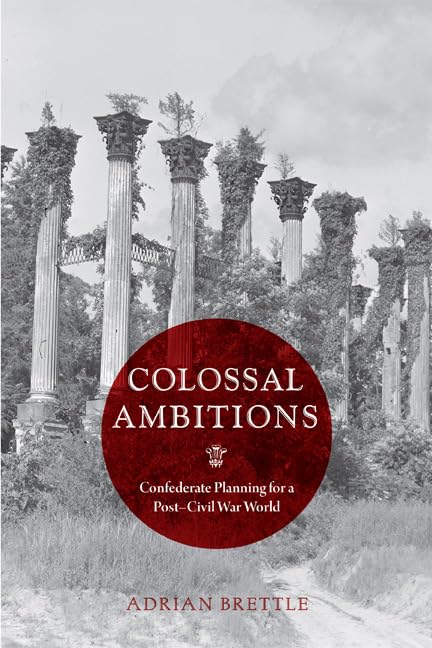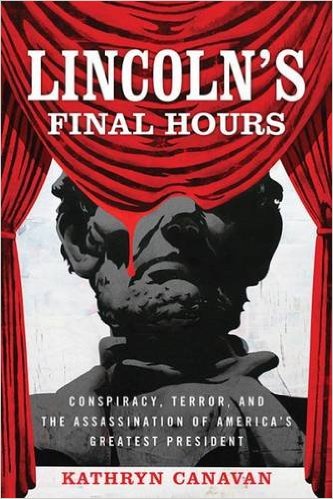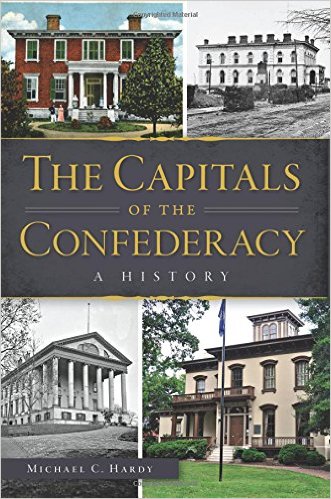In recent years, Paul Quigley, Michael T. Bernath, Ann Tucker, Andre Fleche, and Don Doyle have greatly expanded our understanding of the Confederate nation, situating the slaveholding republic within a global context. Adrian Brettle adds his name to this august roster of historians with Colossal Ambitions, a book that attempts to explain howConfederates imagined their future as a nation. “Confederate policymakers and spokesmen engaged in a surprising degree of sustained and often strikingly progressive planning to secure their nation’s emergence as a world power,” Brettle argues (1). Four years of war, he notes, caused Confederates to continuously reimagine what their future would look like (1).
Mining the official messages and correspondence of the Confederate State Department, Brettle describes the place within the global community that Confederates hoped their nation would inhabit. Confederates saw the war not as “a disruptive event, but [as] the overdue correction of internal flaws in the United States, which would enable southern planters to contribute more effectively to global prosperity” (41).
Confederate planners “expected the Southern economy would remain focused on staple crops harvested from an ever-growing area by enslaved people and then exported to the Union and Europe” (4).
Confederates likewise had a unique racial vision for their new nation. “The Confederate definition of empire accommodated races other than whites and blacks,” Brettel writes (87). Slavery remained the foundation of the Confederate nation and planned-empire, but Confederates envisioned a type of racial hierarchy within their nation that would bring order and stability (87).
Colossal Ambitions is organized chronologically, with Brettle tracking the development of Confederate ambitions over the course of the war. Beginning in 1863, Brettle discerns a change in Confederate optimists after multiple military setbacks (111). Still, “planners continued to be very confident both in the imminent prospect of peace and the accomplishment of their independence” (143). That the government survived into a fourth year encouraged Confederate planners’ confidence and ambitions (144). By 1864, Confederates, still hitching their nationalist ambitions to slavery, emphasized their nation’s commitment to “universal conservative values—continuity, peace, and stability” (178). In the war’s final years, Confederate optimists’ visions were becoming vaguer, though they were still committed to a national future. “Even those who committed themselves to more modest goals for the future—including the redefinition of ‘independence’ to mean the surrender of some powers over foreign and commercial policies to a federal entity—still expected considerable self-government and the preservation of slavery,” the author writes (214).
Brettle’s Colossal Ambitions is the most unique work on the Confederacy to appear in many years. No other historian has so completely researched and presented the harrowing ways that Confederates envisioned their nation. In doing so, the author makes abundantly clear all that was at stake between 1861 and 1865.
Caleb W. Southern is a graduate student in the Department of History at Sam Houston State University.





